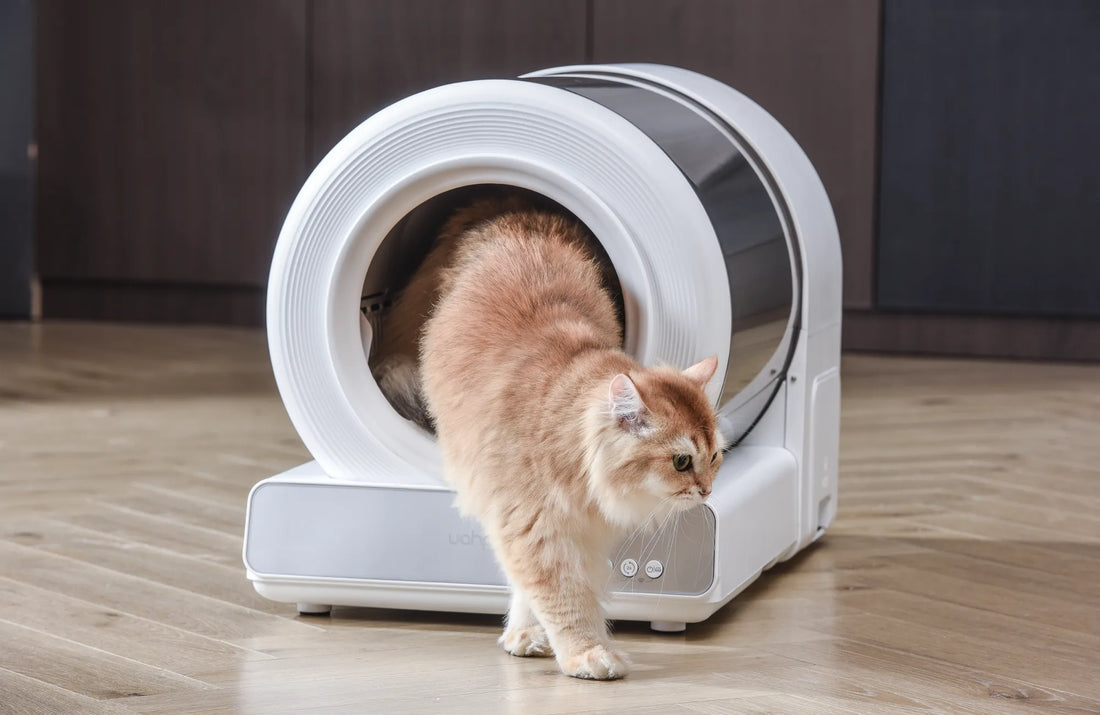Understanding the Problem
When a cat stops using the litter box, it can be a source of frustration and concern for pet owners. This behavior can stem from a variety of reasons, ranging from medical issues to environmental changes. Understanding the root cause is essential for finding an effective solution.
Medical Issues
One of the first things to consider when a cat stops using the litter box is whether there is an underlying medical problem. Conditions such as urinary tract infections, kidney disease, or arthritis can make it painful or difficult for a cat to use the litter box. If your cat is exhibiting other symptoms like lethargy, changes in appetite, or frequent urination, it is crucial to consult a veterinarian for a thorough examination.
Litter Box Preferences
Cats can be quite particular about their litter box preferences. Factors such as the type of litter, the size of the box, and its location can all influence whether a cat will use it. Some cats may prefer unscented litter, while others may avoid a box that is too small or difficult to access. Experimenting with different types of litter and box designs can help identify what your cat prefers.
Environmental Stressors
Changes in the household environment can also lead to litter box avoidance. Moving to a new home, introducing a new pet, or even rearranging furniture can cause stress for a cat, leading to changes in behavior. Providing a stable and comfortable environment, along with multiple litter boxes in different locations, can help alleviate stress and encourage proper litter box use.
Behavioral Issues
Sometimes, a cat may stop using the litter box due to behavioral issues. This can include marking territory, anxiety, or even a negative association with the litter box due to a past traumatic experience. Addressing these issues may require behavioral training, environmental enrichment, or even consultation with a feline behaviorist.
Cleaning and Maintenance
A dirty litter box is one of the most common reasons why a cat may stop using it. Cats are clean animals and prefer a tidy environment for their bathroom needs. Regular cleaning and maintenance of the litter box, including daily scooping and weekly washing, can make a significant difference in encouraging your cat to use it consistently.
Multiple Cats in the Household
In households with multiple cats, competition or territorial disputes can lead to litter box avoidance. It is recommended to have one litter box per cat, plus an additional one, to ensure that each cat has access to a clean and available box. Placing the boxes in different locations can also help reduce tension and promote harmony among your feline companions.
Age-Related Changes
As cats age, they may experience changes in their physical abilities or health that can affect their litter box habits. Older cats may have difficulty accessing a high-sided box or may develop conditions that make it harder for them to control their bladder or bowels. Providing a litter box with lower sides or placing it in a more accessible location can help accommodate an aging cat's needs.
Addressing the Issue
Once you have identified the potential cause of your cat's litter box avoidance, you can take steps to address the issue. This may involve medical treatment, changes to the litter box setup, or modifications to the household environment. Patience and consistency are key, as it may take time for your cat to adjust to any changes you implement.
Preventing Future Problems
Preventing litter box issues in the future involves maintaining a clean and comfortable environment for your cat. Regular veterinary check-ups, proper litter box maintenance, and attention to your cat's needs and preferences can go a long way in ensuring that your feline friend continues to use the litter box as intended.
If your cat has stopped using the litter box, don't despair. By understanding the potential causes and taking proactive steps, you can help your cat return to good litter box habits and maintain a happy and healthy home for both of you.













